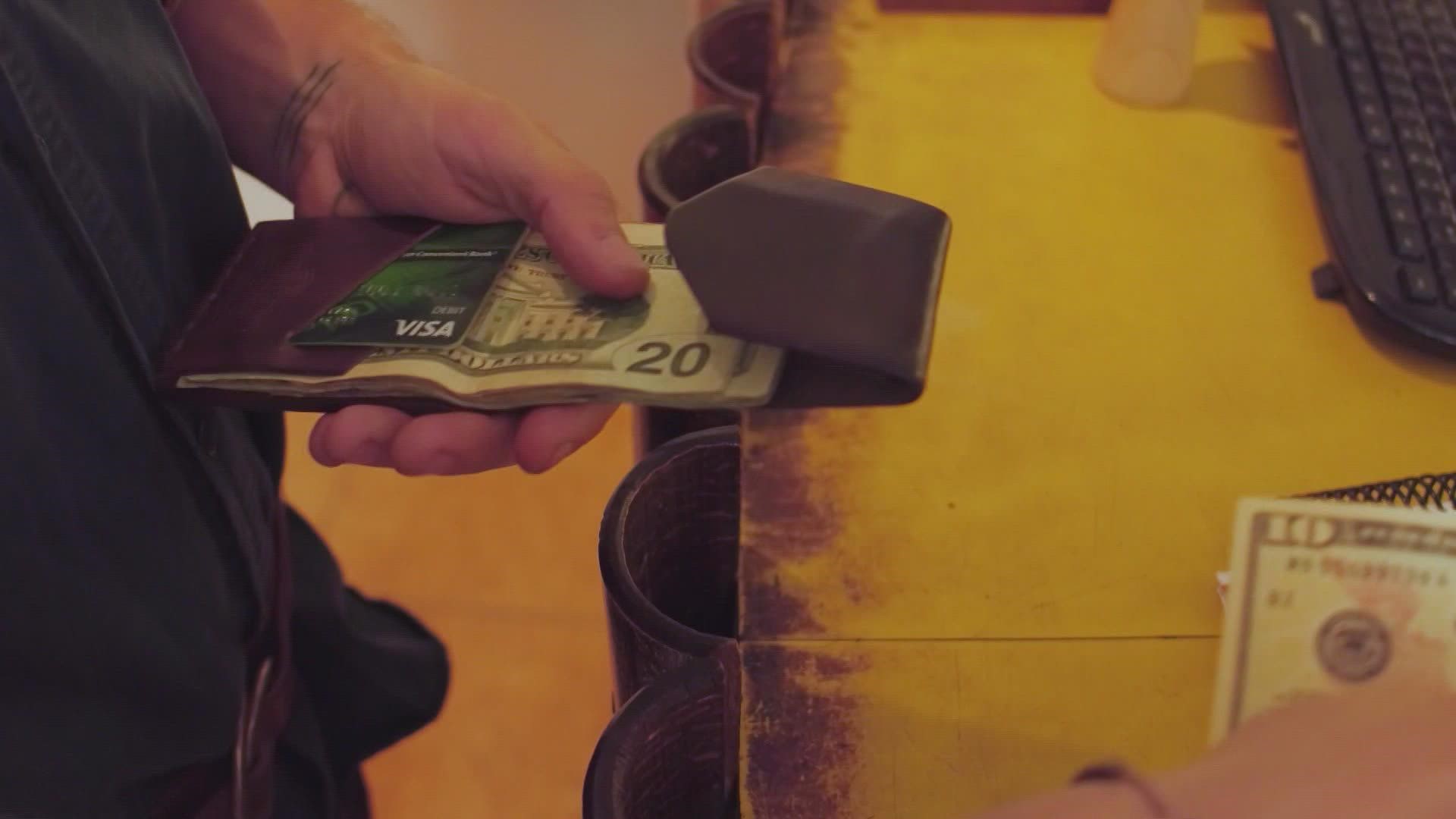SAN ANTONIO — Skimpflation is when a manufacturer reformulates a product using cheaper ingredients. There is usually no indication on the packaging this has happened. It saves the company money, but there is normally no adjustment in the price you pay. Here are a few examples Consumer World found:
ConAgra’s Smart Balance margarine changed its formula using 40% less oil but the containers look almost identical. The main ingredient is instead water. Users noticed a difference writing in reviews it is “disgusting” with “no taste” and said it’s “unusable.”
“If you can cut almost 40% of the oil from the product, you’re saving a lot,” said Edgar Dworsky, a consumer advocate who founded Consumer World. “This is a premium product that was really made to taste like butter. People swore by it. Now they’re swearing at the company.”
A ConAgra spokesperson told CBS News the change to the products was “to make them easier to spread.” And added, “we have heard the feedback from consumers and have decided to return to the previous recipes in the coming months.”
A frozen meal has 15% less protein but the package still weighs the same. It is hard to tell what ingredient changed because recipes are secret.
“The packages look identical except for one thing,” Dworsky said. “The old one says 39 grams of protein right on the front. The new one says 33 grams of protein. Now, the only protein in this product basically is chicken, cheese, and some soy. What changed? Well, the soy is missing on the new one, but we don’t know if has less chicken or less cheese. In addition, the company didn’t respond so it’s anyone’s guess.”
Plus one brand of toilet paper still has the same 1,000 sheets per package, but weighs 20% less. It has customers complaining the sheets are so thin they are transparent.
“People are saying it’s not as soft as it use to be and it feels thinner,” Dworsky said. “I went into my storage container and I found some of old toilet paper. So, I weighed the old and compared the weight of the old to the new. I found basically it’s 20% lighter today and I account for the different sizes of the sheets. That suggests the product is really 20% thinner because, you know, less paper fiber in it, so consumers did perceive the difference correctly.”
In the end, you are getting less quality for your money. It is difficult to identify but look for this hint:
“If you see some package change, that could be a clue that something happened,” Dworsky said. “You know, if they say 'new and improved,' that’s a clue something happened, but because they want to make this change inconspicuous, there’s almost no notice on the product so it’s just very difficult to detect.”
You may not notice the difference until you buy the product and use it. Once you catch it, your only option is to switch brands.
“You need to look for substitutes,” Dworsky said. “Certainly in toilet paper, there are many different brands, but you’re going to be switching to a brand maybe that has downsized. So it’s shrunk. So unfortunately they’re going to get you coming and going. You just have to be a little sharper and understand what you’re buying. Then you can spot the differences, hopefully.”
Make sure you read all the ingredients when you look for a substitute.

